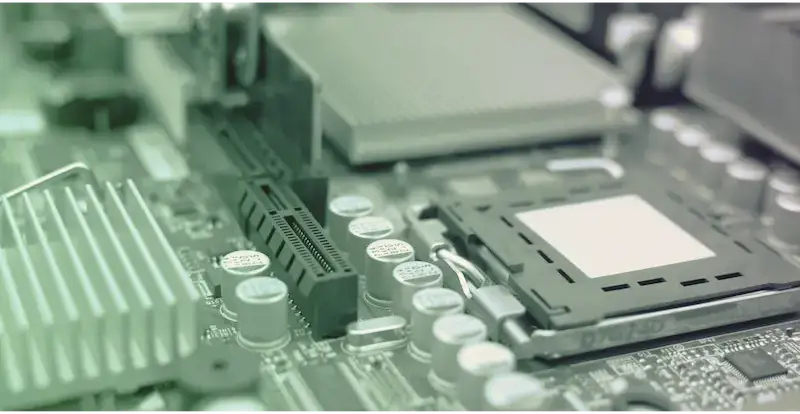Software Procurement Management
The software procurement lifecycle encompasses all activities involved in sourcing and delivering GOTs or COTs software, from initial vendor identification to final receipt and utilization. By reviewing and optimizing this lifecycle, businesses can identify inefficiencies, reduce delivery times, and find quality vendors. By optimizing each stage of the procurement lifecycle, your business can achieve significant cost savings, improve efficiency, and ensure timely delivery of essential goods and services.


Hardware Procurement Management
The hardware procurement lifecycle encompasses all activities involved in sourcing and delivering hardware, from initial architecture review to final receipt and installation. By reviewing and optimizing this lifecycle, businesses can identify inefficiencies, reduce delivery times, and find quality vendors. By optimizing each stage of the procurement lifecycle, your business can achieve significant cost savings, improve efficiency, and ensure timely delivery of essential goods and services.
Technical Due Diligence
Technical due diligence (TDD) is the unbiased evaluation of a product’s technical condition, code quality, and decision-making logic. It helps decision makers assess an asset’s risk, and identify any vulnerabilities that may exist. A TDD will also help identify any shortcomings in a piece of software’s code, inefficiencies, and potential cyber security issues that could arise pose a risk the client implementing the solution.

